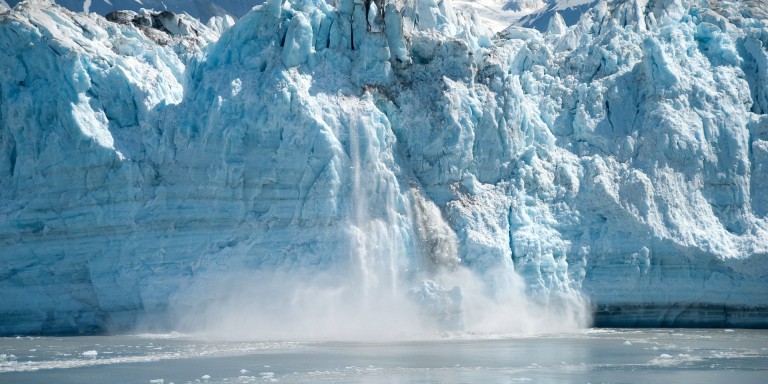Fukushima ‘Ice Wall’ is Failing – Allowing Radiation into Ocean
Posted August 20, 2016 by David Schumann | A Nuclear World

No, this isn’t a Game of Thrones episode and wildlings aren’t climbing over walls near Tokyo. Rather, TEPCO (Tokyo Electric Power Company) constructed a wall of ice in the ground in an attempt to stop groundwater from penetrating the devastated reactors and becoming contaminated with radiation. The groundwater picks up radiation from the facility that suffered multiple meltdowns and then eventually flows into the ocean resulting in more radioactive contamination in the ocean and world.
Since the disaster in 2011 radiation continued to find paths to the ocean even while TEPCO tried their best to capture and store the contaminated water, which was only partially effective but doomed by the sheer volume of contaminated water. They had a big idea to build an ice-wall to divert the flow of groundwater around the facility. Many scientists and engineers were concerned that the ice-wall could cause the site to become unstable and cause the reactors themselves to collapse. However, after a one year delay, TEPCO turned the ‘ice wall’ on in April of 2016, nearly 5 years after the original disaster.
Now, just months later, according Asahi Shinbum, the icewall is failing and TEPCO is scrambling to find new solutions to this persistent problem. They may use concrete to shore up the leaks in the wall, but many of the technical concerns scientists had voiced over the years have come true, and the ice-wall is shown to not be effective in eliminating groundwater flows through the reactor.
As stated in the book Heal and Protect: A Nuclear World, the Fukushima site is one of constant struggle and will remain so for decades more. The cost of the ice-wall, at nearly 400 million dollars was high, but the cost to maintain and keep it powered was estimated in the billions. The nuclear fuels are lost to the technology of man, having melted from the disaster and escaped containment. There they sit in unknown locations and quantities polluting the environment until we figure how to better isolate them or recover them, neither of which we have good solutions for.
Comments ( 0 )